Additional notes (click to expand)
Medicinal
The related species A. pedatum has been used medicinally. The Cherokee used an infusion of the root for rheumatism and a decoction of the whole plant as an emetic " in case of ague and fever".
Moerman, Daniel E. (2009) Native American Ethnobotany. Timber Press. p.50
Other use
Adiantum venustum D.Don Adiantaceae (although placed by some in Pteridaceae). Himalayan maidenhair fern. Small evergreen hardy fern. Distribution: Afghanistan-India. It gains its vernacular name from the wiry black stems that resemble hairs. Adiantum comes from the Greek for 'dry' as the leaflets remain permanently dry. A related species has been used medicinally. The Cherokee used A. pedatum to make their hair shiny. Henry Lyte (1576), writing on A. capillus-veneris, notes that it restores hair, is an antidote to the bites of mad dogs and venemous beasts; helpeth shortness of breath and excess phlegm; treats kidney stones, periods, helps deliver the placenta, and more. Linnaeus (1782) recommended it for intestinal obstruction.
Geographical distribution
- Asia-Temperate, China
- Asia-Tropical, Indian Subcontinent, India
- Asia-Tropical, Indian Subcontinent, Nepal
Adiantum venustum D. Don
Family: PTERIDACEAEGenus: Adiantum
Species: venustum D. Don
Common names: Evergreen Maidenhair
Distribution summary: China, India, Nepal
Habit: Perennial
Hardiness: H5 - Hardy; cold winter
Garden status: Currently grown
Garden location: Plants of the World (C)
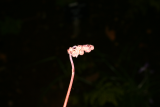
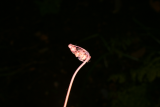
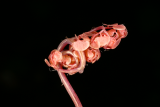



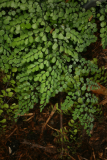
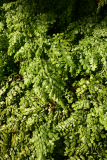
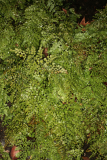

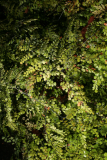
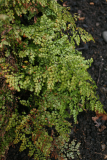


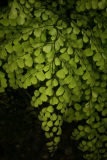
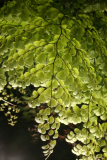
.JPG)
.JPG)